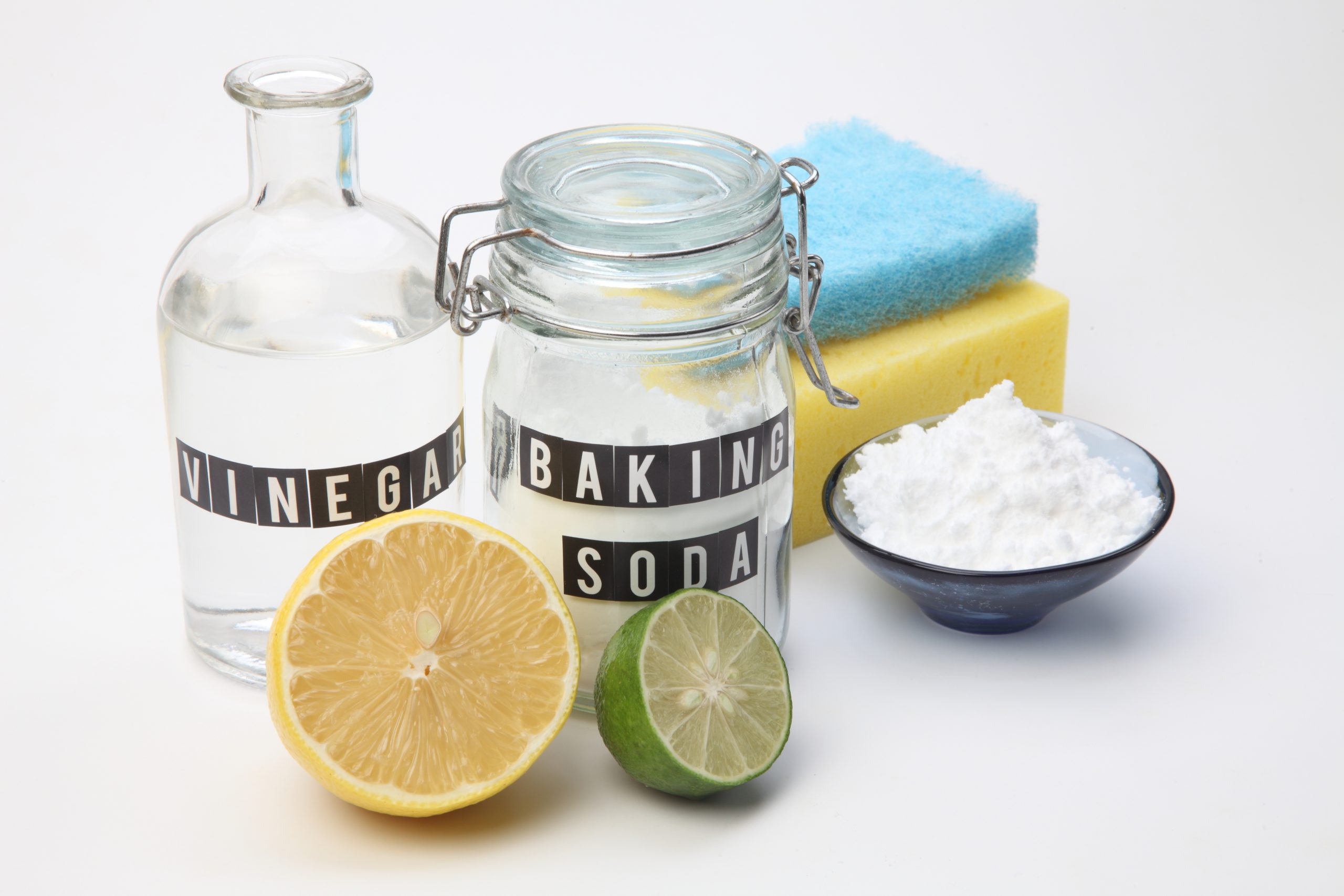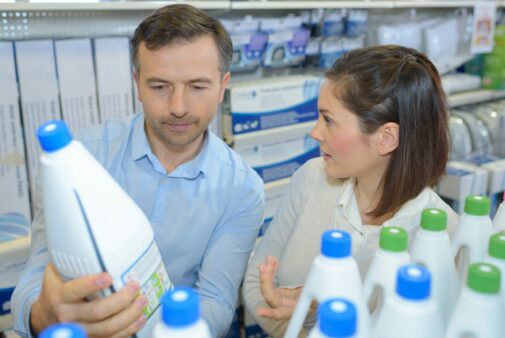Key Points/Overview
Sodium bicarbonate is also called baking soda and is actually a type of salt.
Some popular uses for baking soda are to help baked goods rise, as an antacid to treat indigestion, and as a general household cleaner.
The FDA regards sodium bicarbonate as “Generally Recognized as Safe” (GRAS) for use as a food additive, active ingredient in toothpaste, and antacid.
Uses & Benefits
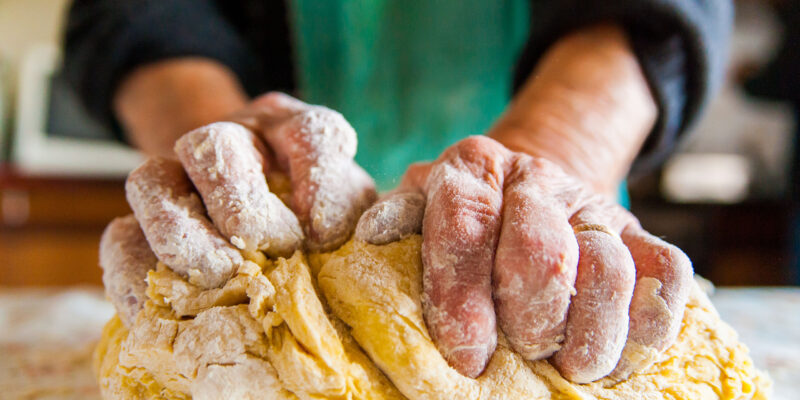
Baking & Food Preparation
Baking soda available in the grocery store is pure, food-grade sodium bicarbonate. Bakers add a small amount of baking soda to the mixture of flour, sugar, eggs, butter and other ingredients in cakes, cookies and other baked goods. The resulting chemical reaction then helps batter expand or rise inside a hot oven. Without baking soda and this chemical reaction, muffins, cakes and breads would fall flat.
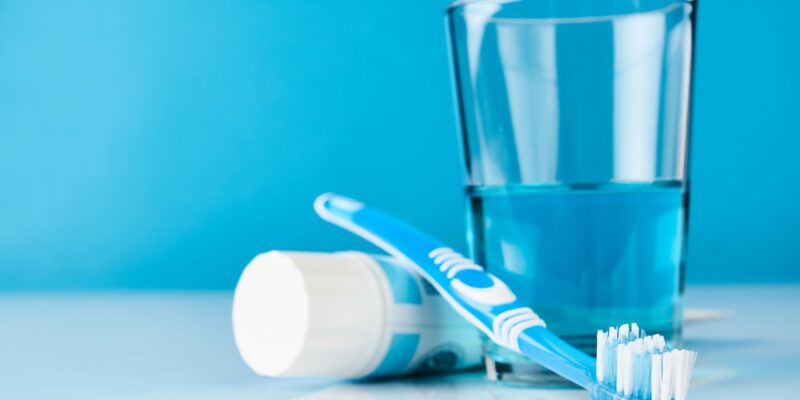
Personal Care Products & Medicines
In skin care and personal care products like lotions and bath salts, sodium bicarbonate helps control a product’s acid-base balance to keep it from spoiling. In toothpaste, sodium bicarbonate helps to remove stains from teeth by dislodging tiny particles of food or beverages that can blemish tooth enamel. It is also a common ingredient in deodorant because it can help neutralize smelly, acidic scents.
Sodium bicarbonate also is an active ingredient in antacid products used to relieve heartburn and treat acid indigestion. It works by quickly neutralizing stomach acid and temporarily relieving symptoms of acid reflux.
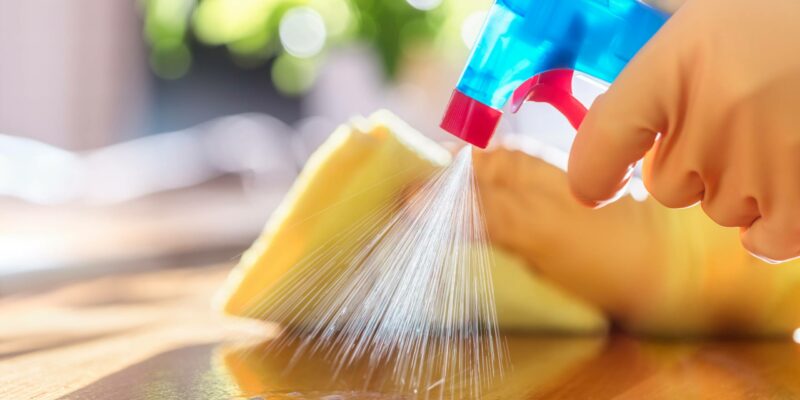
Cleaning Products & Solvents
Sodium bicarbonate is a common ingredient in cleaning, detergent and degreasing products. In cleaning products, sodium bicarbonate can react with vinegar to create a solution that helps unclog drains or remove grime in ovens. Its slight abrasiveness is extremely efficient for eliminating burnt residues or grease.
The chemical properties of sodium bicarbonate can also help enhance the efficiency of laundry detergent by increasing the water’s pH level, which helps to repel dirt from fibers, leading to fresher laundry.
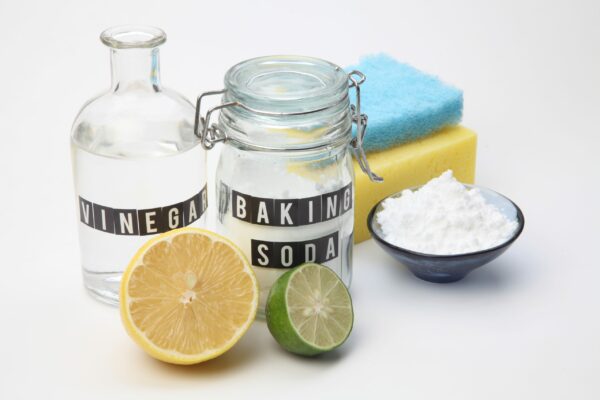
Safety Information
People have been using sodium bicarbonate for thousands of years. Ancient Egyptians used natural deposits of the mineral to clean their teeth and make paints for writing. In the 1830s, New York bakers began adding sodium bicarbonate and sour milk to dough to make bread.
The U.S. Food and Drug Administration (FDA) states that sodium bicarbonate is GRAS (Generally Recognized as Safe) as a direct food additive. It also states that sodium bicarbonate is generally recognized as safe as an antacid and as an anticaries (tooth decay fighting) active ingredient for over-the-counter use within certain conditions.
The Cosmetic Ingredient Review (CIR), an independent expert panel made up of academic researchers and industry scientists, also has evaluated the scientific data and concluded that sodium bicarbonate is safe as a cosmetic ingredient at current levels of use. In 2005, the CIR Expert Panel considered available new data on sodium bicarbonate and reaffirmed its safety conclusion.
The Chemistry of Baking Soda
In both chemistry and baking, sodium bicarbonate is considered a base because it creates a reaction when mixed with acids, like buttermilk, yogurt or vinegar. This chemical reaction produces carbon dioxide (CO2) in the form of bubbles, like a liquid foam. The process sodium bicarbonate creates is called ”chemical leavening,” because the trapped CO2 gas makes the dough or batter rise when baking bread, cookies, cakes and other baked goods.

